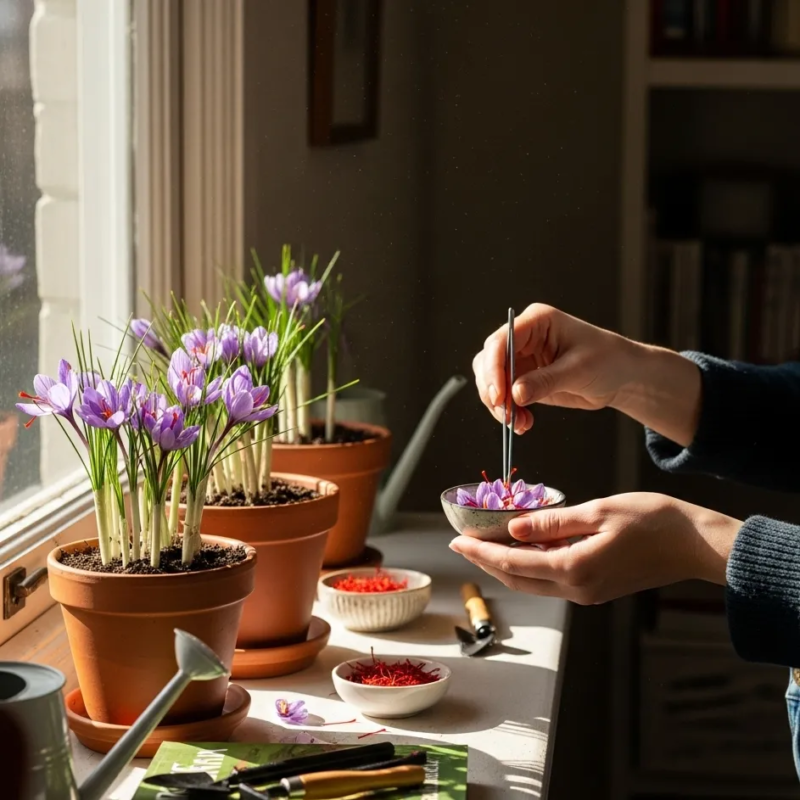Is Saffron Easy to Grow? Key Insights on Saffron Cultivation
Saffron, often called the “red gold” of the spice world, stands out for its distinct flavor and high price. But is saffron easy to grow? The answer depends on several factors, including climate, soil, and cultivation methods. While it is not as simple as some common crops, saffron farming can be rewarding for those willing to invest the time and effort.
Climate and Soil Requirements for Saffron
Growing saffron requires specific environmental conditions. The plant thrives in areas with hot, dry summers and cold winters, making Mediterranean climates ideal for saffron cultivation. Saffron also grows best in well-drained, slightly acidic soil. Inadequate drainage can cause the corms to rot, leading to poor growth. Unlike many other plants, saffron needs minimal water and prefers dry conditions. This is why regions with little rainfall, like parts of Iran, India, and Spain, are ideal for cultivating saffron.
Planting and Harvesting Saffron
The process begins by planting saffron corms (bulbs) in late summer or early fall. You should space them well apart to ensure proper growth. After a few weeks, the flowers will begin to bloom. Timing is crucial because you must harvest the saffron threads before they lose their flavor and aroma. Harvesting saffron requires careful attention to detail as you need to pick the delicate stigmas by hand. This labor-intensive process ensures you get the highest quality saffron.
Challenges in Saffron Farming
While saffron can grow in various soil types, the best yield comes from carefully managing soil conditions and weather patterns. It’s important to be aware that saffron farming is a long-term commitment. Although the corms produce flowers annually, the yield is usually low in the first few years. As the plants mature, you can expect lar








Get Social